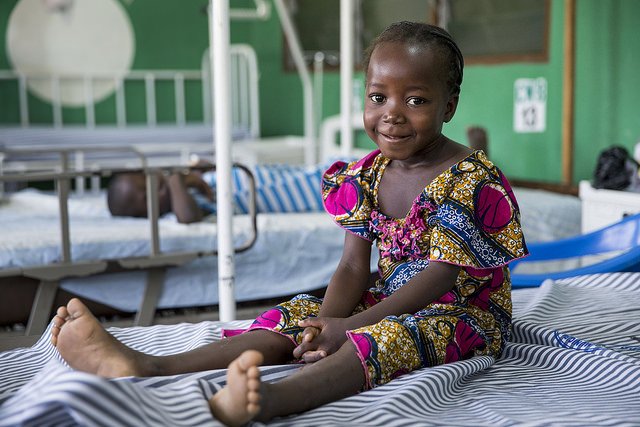Thomas Doe
Social WorkerNulla totam rem metus nunc hendrerit ex voluptatum deleniti laboris, assumenda suspendisse, maecenas malesuada morbi a voluptate massa! Hendrerit, egestas.

The 2017 World Malaria Report provides a comprehensive overview of the ongoing efforts to control malaria. Data from over 90 countries show a significant reduction in disease incidence and deaths between 2010 and 2015. However, malaria deaths in Africa remained unchanged from 2015 to 2016.
During this period, the number of malaria deaths stalled in South-East Asia and the Western Pacific, while they increased in the Eastern Mediterranean and the Americas.
There is no single solution for malaria control, and even well-known prevention strategies are not being fully utilized. For instance, insecticide-treated bed nets (ITNs) have been shown in trials to reduce malaria incidence by half. Yet, this year’s report indicates that only about 54% of people who should be using bed nets are doing so. A significant obstacle is the lack of funding to supply and distribute these bed nets where they are most needed.

Additionally, resistance to the sole insecticide used in treating bed nets has been reported in over two-thirds of monitored sites in Africa. This highlights a gap not only in bed net coverage but also in the research and development of new insecticides.
While the 2017 World Malaria Report indicates a plateau in the impact of current malaria prevention and control strategies, this is not because these strategies have reached their full potential. On the contrary, the current interventions are far from sufficient to eradicate malaria. However, if fully implemented, they could save thousands of lives.
My question here is: How many children die from malaria each month in your community, and what measures have you implemented to combat this threat?
Humphrey Asigbee